Equipment Maintenance Manual
Table of Contents
- General Information
- Engines
- Fuel System
- Electrical Components
- Steering
- Power Train
- Brakes
- Hydraulics
- Mounted Equipment
Circuit Relief and Check Valve Hose Connections: Removal Procedure
This section provides a detailed guide on removing the hose connections for circuit relief and check valves. Follow these steps to ensure safe and efficient maintenance:
Steps for Removal
- Park the machine securely on a level surface.
- Raise the loader bucket for easy access.
- Position the loader strut securely in place.
- Engage the parking brake and stop the engine.
- Carefully remove the left and right side panels from the engine compartment.
- If available, use a vacuum pump to connect to the hydraulic reservoir, preventing hydraulic fluid loss. If not:
- Gradually loosen the hydraulic reservoir fill cap to release air pressure.
- Remove the fill cap completely.
- Place a clean container under the hydraulic reservoir’s drain plug (the reservoir holds approx. 19 U.S. gallons or 72 liters).
- Remove the drain plug and allow the hydraulic fluid to drain completely.
- Disconnect hoses from both the check valves and the circuit relief valve, ensuring they are labeled with identification tags.
- Securely install caps and plugs on the hoses and fittings to prevent system contamination.
- Unscrew and remove the nuts, lock washers, washers, and bolts that attach the circuit relief valve to its mounting bracket.
- Carefully detach the check valves and circuit relief valve from the equipment.
Key Features of the Procedure
- Comprehensive step-by-step instructions for safety and accuracy.
- Tips for maintaining hydraulic fluid levels effectively while performing maintenance.
- Clear instructions for labeling and protecting disassembled components.
Benefits of Following These Steps
- Ensures a smoother and safer maintenance procedure.
- Helps prevent potential contamination of hydraulic systems.
- Reduces operational downtime by promoting efficient steps.
Usage Recommendations
- Always use proper safety gear and precautions when performing maintenance on heavy machinery.
- Regularly inspect and maintain equipment to ensure longevity and safety.
- Consult the full manual for comprehensive guidelines and safety information.
Only logged in customers who have purchased this product may leave a review.
Related products
$34.00
$34.00
$32.00
$34.00
$34.00
$34.00

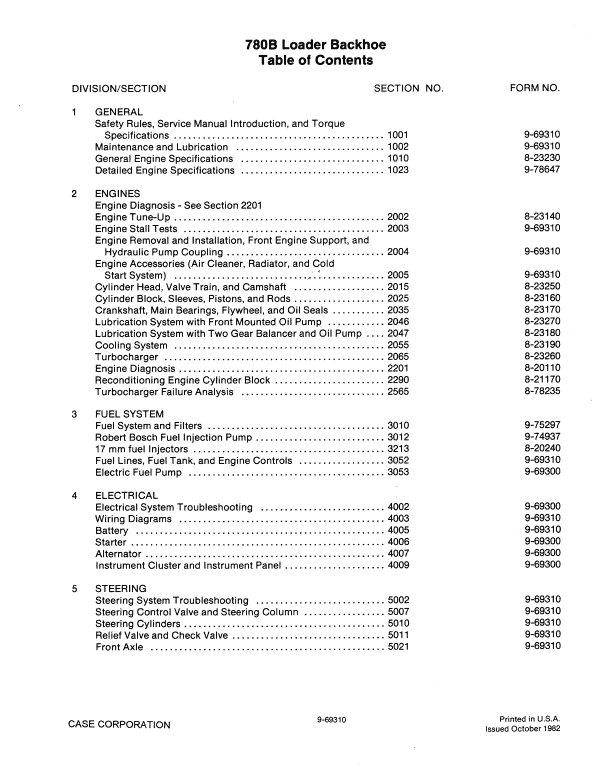
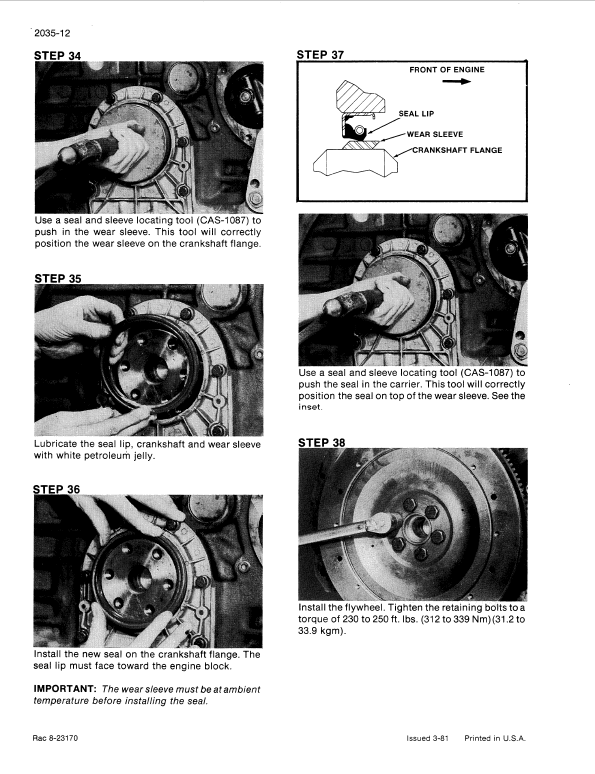
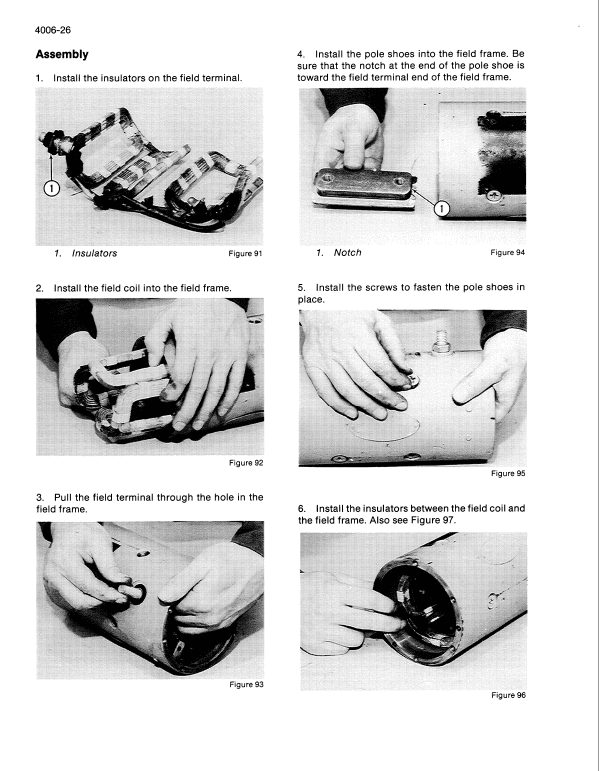
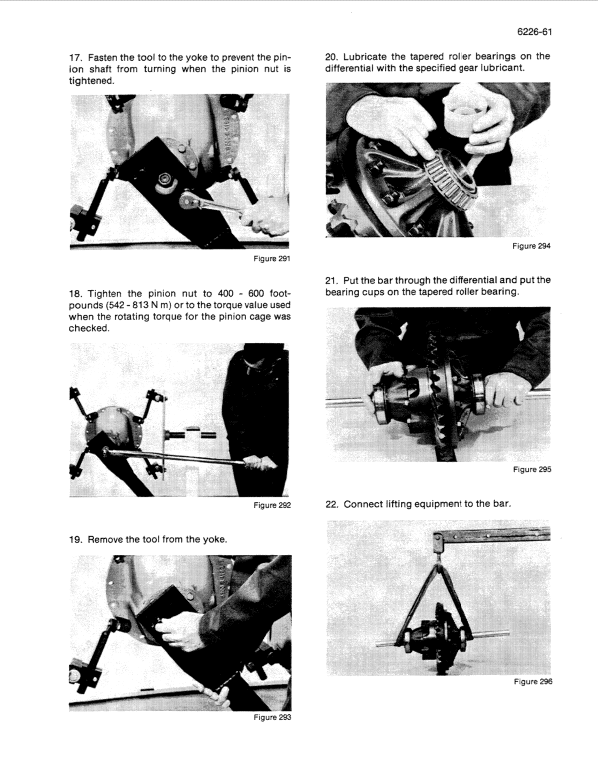
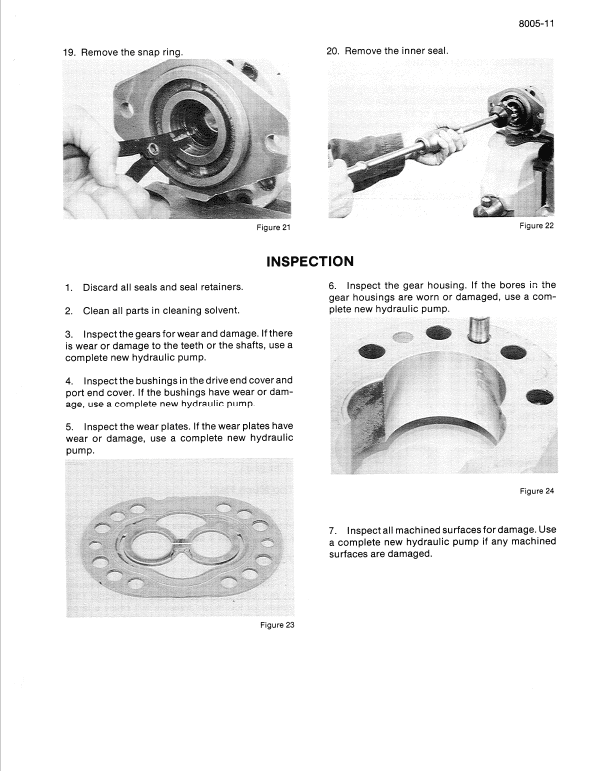
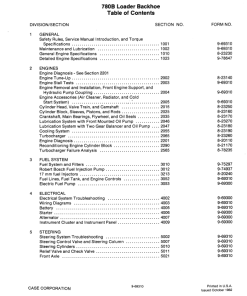
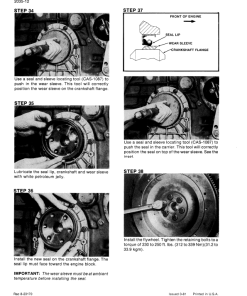
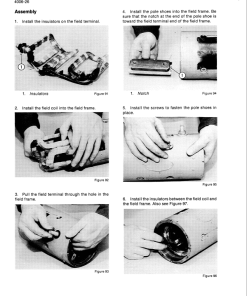
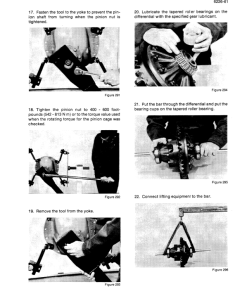
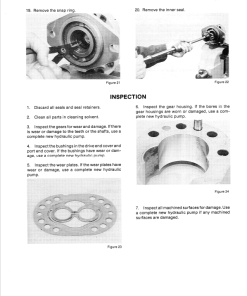
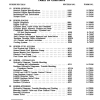
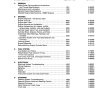
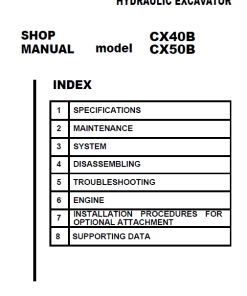
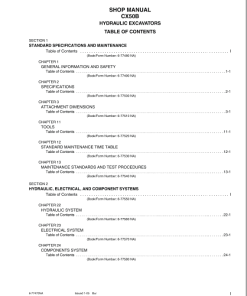
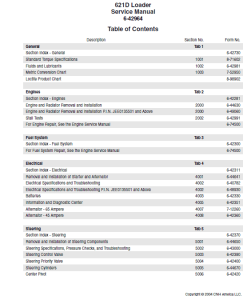
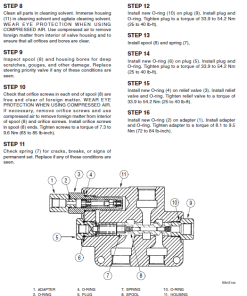
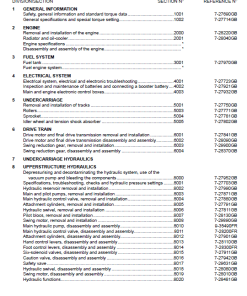
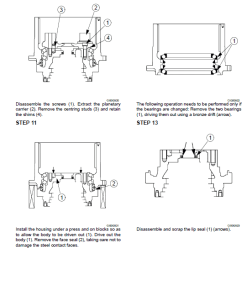
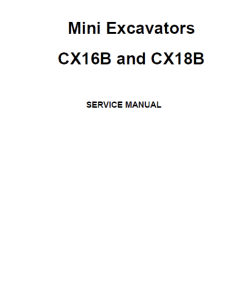
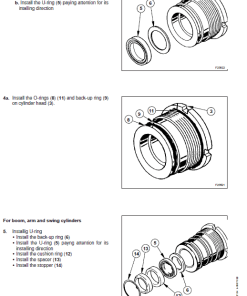
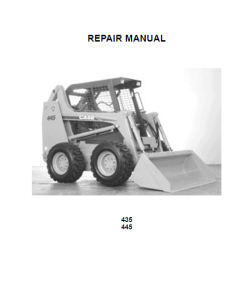
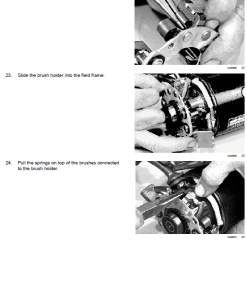
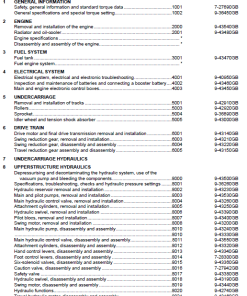
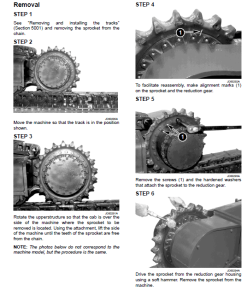
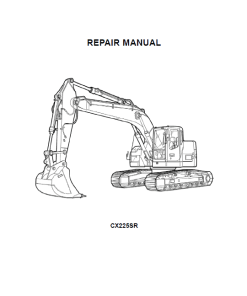
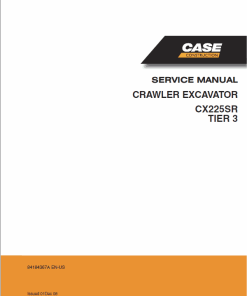
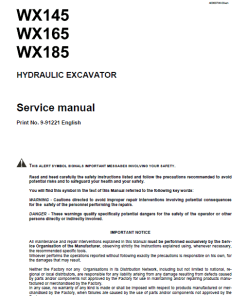
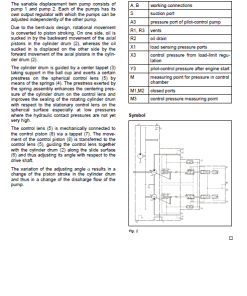
Reviews
There are no reviews yet.